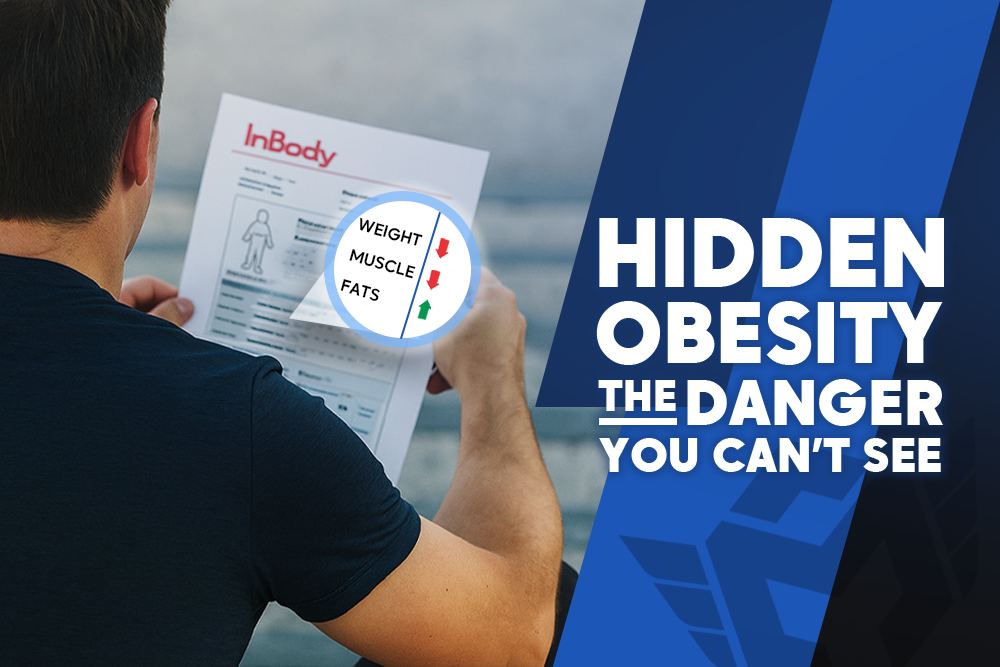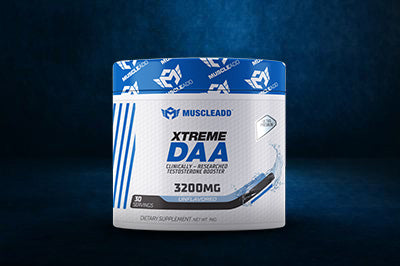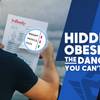Hidden Obesity The Danger You Can’t See

Hidden Obesity The Danger You Can’t See
Introduction
Most people relate obesity with visible weight gain. What if, on the outside, you appeared "normal," but on the inside, you were secretly carrying deadly amounts of fat? This disorder, also referred to as "lean fat" or hidden obesity, is on increase, especially among young adults who seem healthy on the outside but have major health risks inside.
Knowing about hidden obesity could improve your life if you're between the ages of 18 and 40 and care about your long-term health, vitality, and fitness.
What is Hidden Obesity?
When a person's weight is within the "normal" range but their body fat percentage is higher than what qualifies as healthy, this is known as hidden obesity. Simply put, even if you may appear skinny in apparel, you may still have visceral fat, or excess inside fat, stored around your organs.
This fat is harmful since it has an immediate effect on your energy, metabolism, and general health.
Why Does Hidden Obesity Happen?
Even in those who don't seem overweight, a number of lifestyle factors can lead to hidden obesity:
- Bad nutritional choices relying on low-protein meals, sugary snacks, and fast food.
- Lack of strength training: Your body loses muscle mass and stores more fat when you don't do resistance training, even if cardio alone may burn calories.
- Sedentary routines: Spending a lot of time on the couch or at a desk reduces caloric expenditure.
- Stress and sleep deprivation: Stress and sleep deprivation lead to hormonal abnormalities that encourage the storage of fat.
Health Risks of Hidden Obesity
Just because you look slim doesn’t mean you’re safe. Hidden obesity is linked to:
- Insulin resistance : a stepping stone to type 2 diabetes.
- High cholesterol and blood pressure : risk factors for heart disease.
- Low muscle strength : affecting fitness performance and daily energy.
- Weakened immunity : making your body less resilient against illness.
The silent nature of this condition makes it even more dangerous and you may not notice the problem until complications appear.
How to Identify Hidden Obesity
Wondering if you might fall into this category?Here are a few warning symbols:
- A normal BMI but a significant amount of body fat (more than 25% for men and 32% for women).
- Despite being thin, there is little muscle tone.
- Accumulation of fat around the abdomen.
- Feeling tired, weak, or low on energy during exercise.
Weight alone is not as dependable for accurate evaluation as body composition measures such as skinfold measurements, DEXA scans, or bioelectrical impedance scales.
Beating Hidden Obesity
The good news? With frequently lifestyle changes, hidden obesity can be reversed:
1- Make strength training your top goal in order to replace hidden fat by building lean muscle.
2- Eat a balanced diet, including foods high in fiber, healthy fats, whole grains, and protein.
3- Avoid the negative effects of lazy habits by staying active every day, even for little walks or stretching breaks.
4- 7–8 hours of sleep : deep sleep promotes muscular healing and metabolism.
5- Cut the junk food and sugary drinks and replace them out for water, fruits, and nuts.
Final Thoughts
- Hidden obesity is a reminder that looks can be deceiving. You don’t have to look overweight to face serious health risks. The good news? By staying active, eating balanced meals, and building simple healthy habits, you can keep that “silent fat” from taking over.
- Stop depending on the scale alone. Pay attention to your body composition, make small tweaks to your daily routine, and focus on becoming a stronger, healthier version of yourself inside and out.













